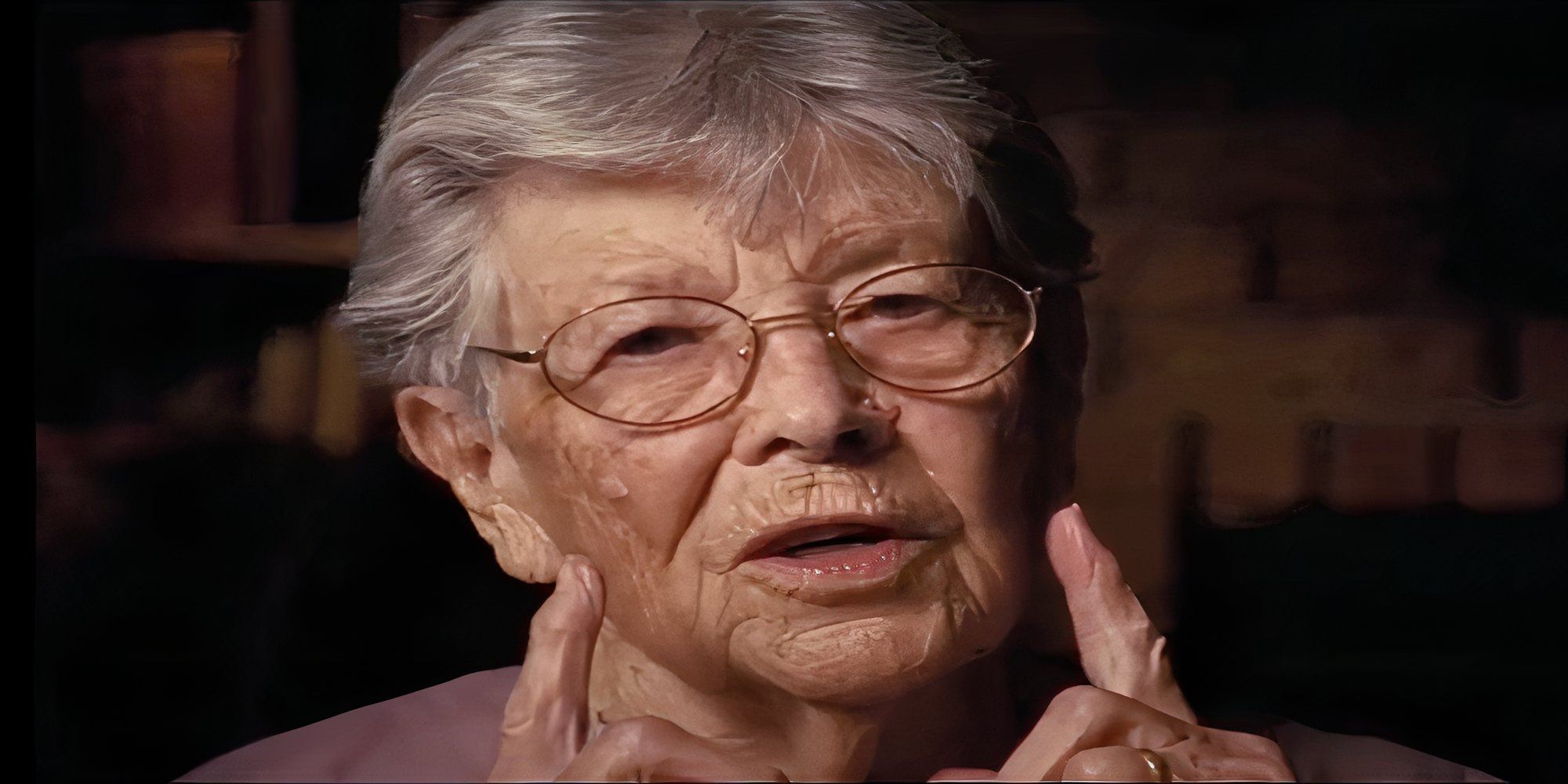Christopher Nolan’s Interstellar is arguably one of the most radical science fiction movies ever brought to film. Indeed, the film bears a formidable apocalypse story that sees our planet ravaged by dust storms even before NASA pilot Cooper (Matthew McConaughey) travels via wormhole to find a new home for humanity—leaving the Earth to die in the process.
Though the proliferation of dust storms is the most significant factor in the destruction of civilization, it is not the source of humanity’s near-extinction; instead, the principal cause of the apocalypse is our species’ failure to evolve beyond our planet of origin, best exemplified through their concentration on the declining farming industry instead of the more important goal—escaping the decaying planet. With a spectacular cast supporting Interstellar and even greater special effects, the film is truly one of the greatest space movies that asks a simple yet terrifying terrestrial question: what will humanity do when the Earth gives up on us?
Crop Blight Causes Interstellar’s Apocalypse
In The Film, Humanity Is Starving And Suffocating
The main issue with the dust storms in Interstellar is their effect on the global food supply, namely that they have continually annihilated humanity’s food sources, with corn being one of the few reliable crops remaining on the planet. However, the crop blight in the film has one other ᴅᴇᴀᴅly side effect that truly puts the nail in humanity’s coffin: it eats up the nitrogen in the atmosphere, which worsens the dust storms and decreases the Earth’s remaining oxygen supply.
This crop killer turns things from bad to worse exponentially, since over time, the planet’s civilization will not only starve—they will suffocate. This proves to make the education department’s focus on the farming industry in Interstellar a futile effort, since they are only delaying the inevitable instead of searching for a feasible solution to humanity’s crisis, save the brave few who venture with Cooper on the “Endurance” into the cosmos. By the end of Interstellar, the Earth is already a lost cause in the film, and civilization’s only hope is above, not below.
Christopher Nolan’s Interstellar Leaves The Origins Of The Blight Ambiguous
The Cause Of The Apocalypse Isn’t Important
While some apocalypse movies, like The Day After Tomorrow and Snowpiercer, directly blame climate change for the fall of civilization, Nolan’s film intentionally leaves the origin of the crop blight a mystery (which may be surprising to some, considering the lengths Nolan went to achieve scientific accuracy in Interstellar). Instead, the film only vaguely hints at some sort of bacteria or fungus being responsible for depleting the Earth’s nitrogen; whether this organism is of human origin or natural is left up to the viewer’s interpretation, and this ambiguity makes the Blight all the more formidable—and the stakes even higher.
Ultimately, it’s not important what caused the crop blight, whether it be industrial farming, climate change, or some other mysterious source.
Through not labeling the cause of the apocalypse, Nolan turns the focus away from the crisis and toward humanity’s response. Ultimately, it’s not important what caused the crop blight, whether it be industrial farming, climate change, or some other mysterious source. What is important is how our civilization survives the approaching threat of extinction. In this light, the film is a testament to our species’ endurance in times of crisis, illustrated superbly through Nolan’s use of footage from Ken Burns’ The Dust Bowl.
How Interstellar’s Apocalypse Compares To The Dust Bowl
Both Deal With Crop Shortages and Dust Storms
The Dust Bowl was a real-life agricultural disaster in the American Great Plains that saw dust storms destroy the farmlands and cause widespread crop shortages and hardship in the 1930s. If that sounds familiar to the apocalypse in Interstellar, it’s by no accident on Nolan’s part: the director drew heavy inspiration from the PBS documentary The Dust Bowl (created by legendary filmmaker Ken Burns), and even used footage from the series to portray fictionalized survivors of the Blight.
Clearly, there are many parallels between the apocalypse of Interstellar and the Dust Bowl, including dust storms, drought, crop shortages, etc. However, one aspect that isn’t discussed frequently enough is the determination of its survivors in enduring their respective crises. The lengths both parties took to persist through such insurmountable odds are incredible on their own, but in the case of Interstellar, they are fruitless without Cooper and the crew of the “Endurance,” who postpone Armageddon and secure a future not for our planet, but for its civilization.






